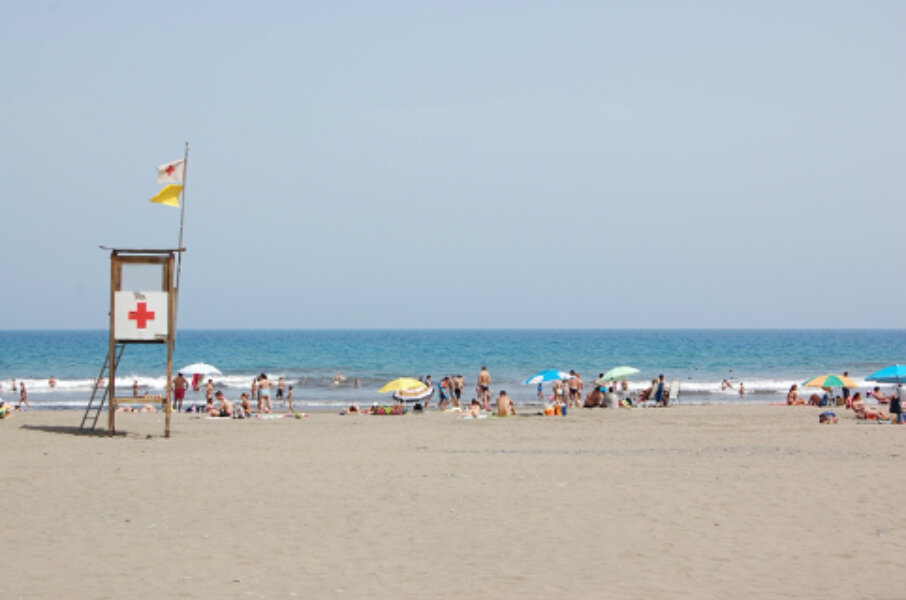
Lifeguard data collection
Trained lifeguards and lifesavers are the ultimate beach drowning prevention and safety strategy. Lifeguard operations vary all over the world in how they are organised and keep people safe, but nearly all lifeguards collect at least some data on what happens at the beach. These data are helpful for decision makers who need to allocate resources and figure out how to manage busy beaches, and for researchers from a variety of disciplines studying everything from rip currents, to drowning and other safety topics, and the environment. One of the major challenges involved in lifeguard data collection is that the guards are busy, and sometimes water surveillance duties conflict with reporting procedures. Appropriately, water safety responsibilities win out every time, but that means that lifeguard data can be inconsistent and difficult to work with on the research side of things. Additionally, many lifeguard organisations record different data in different ways. The UNSW Beach Safety Research Group has engaged in a series of projects aimed to learn more about how and why lifeguards collect data, and idnetify ways to improve quality and consistency while making the lifeguard’s jobs easier.

